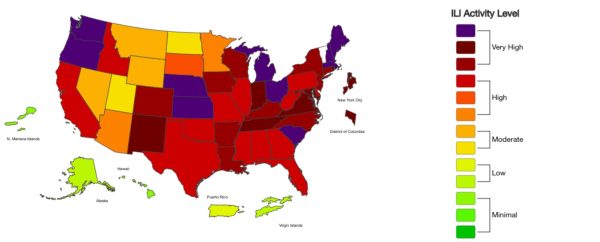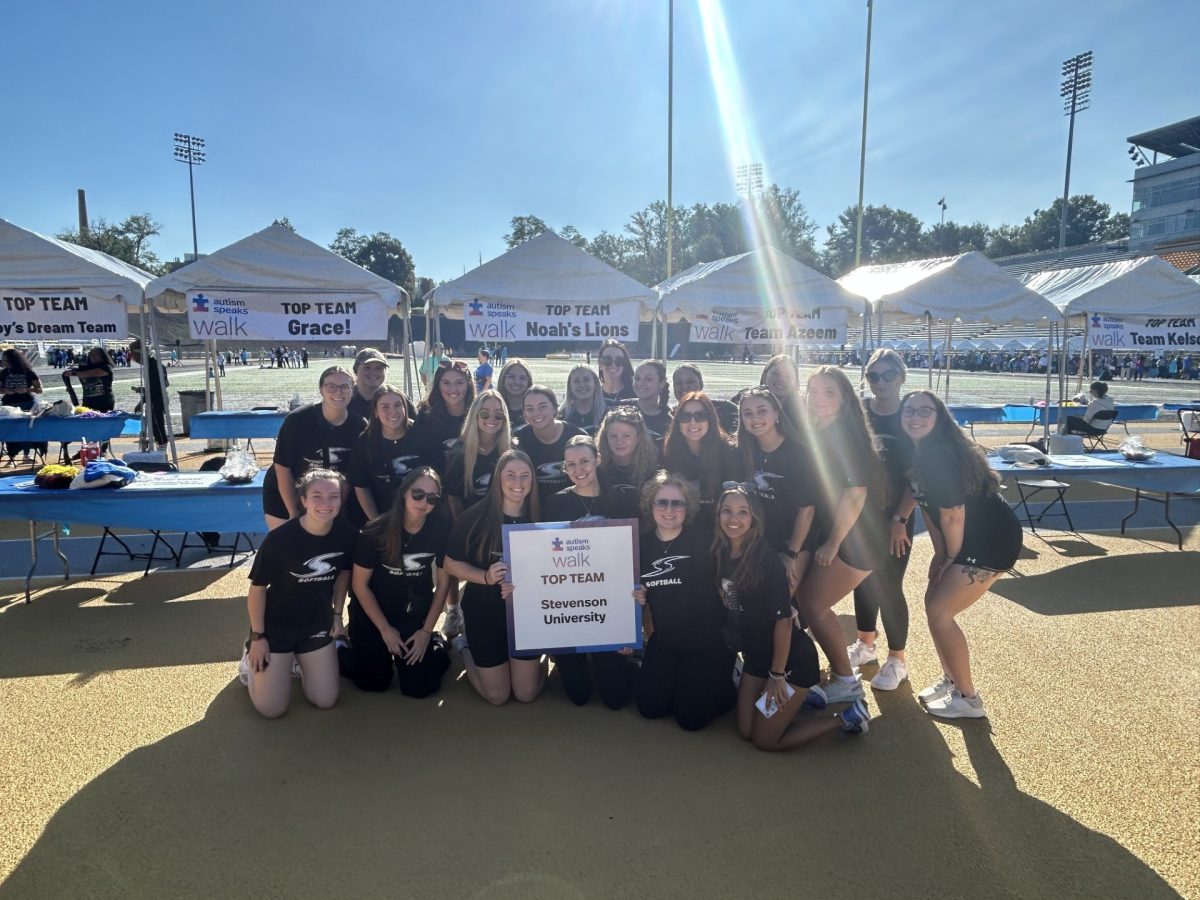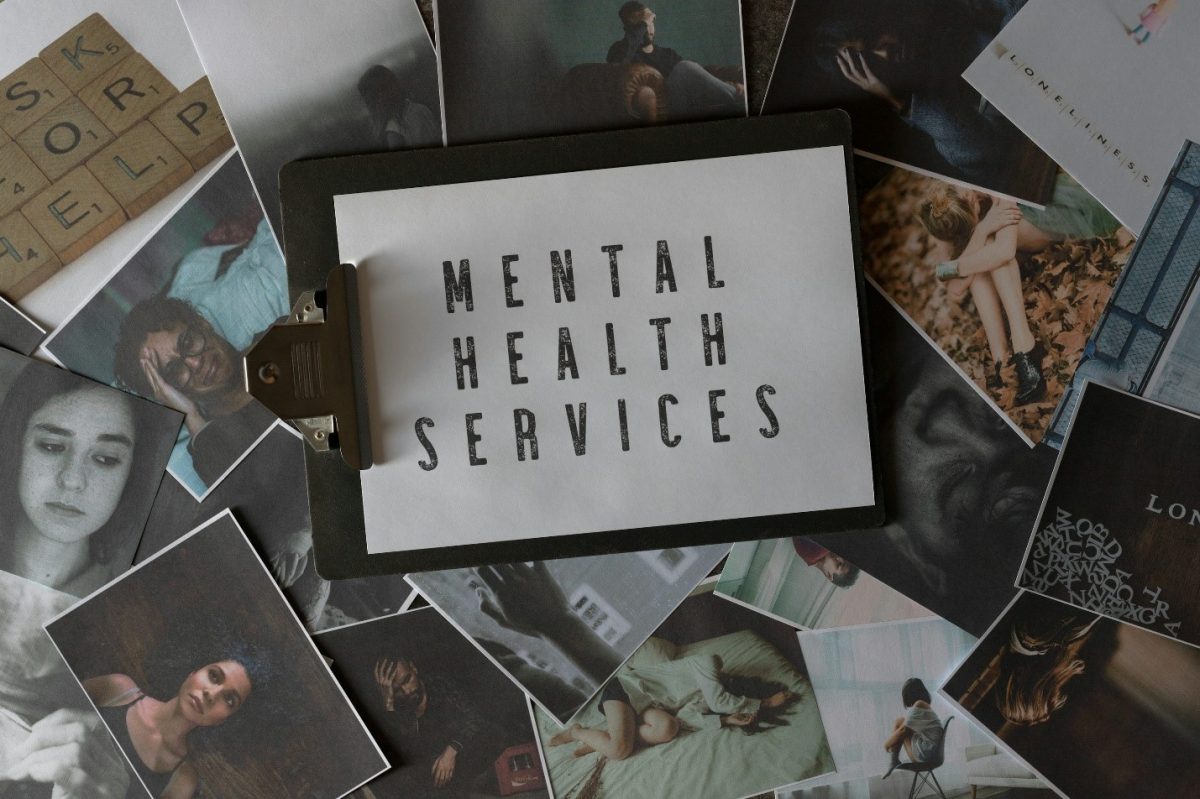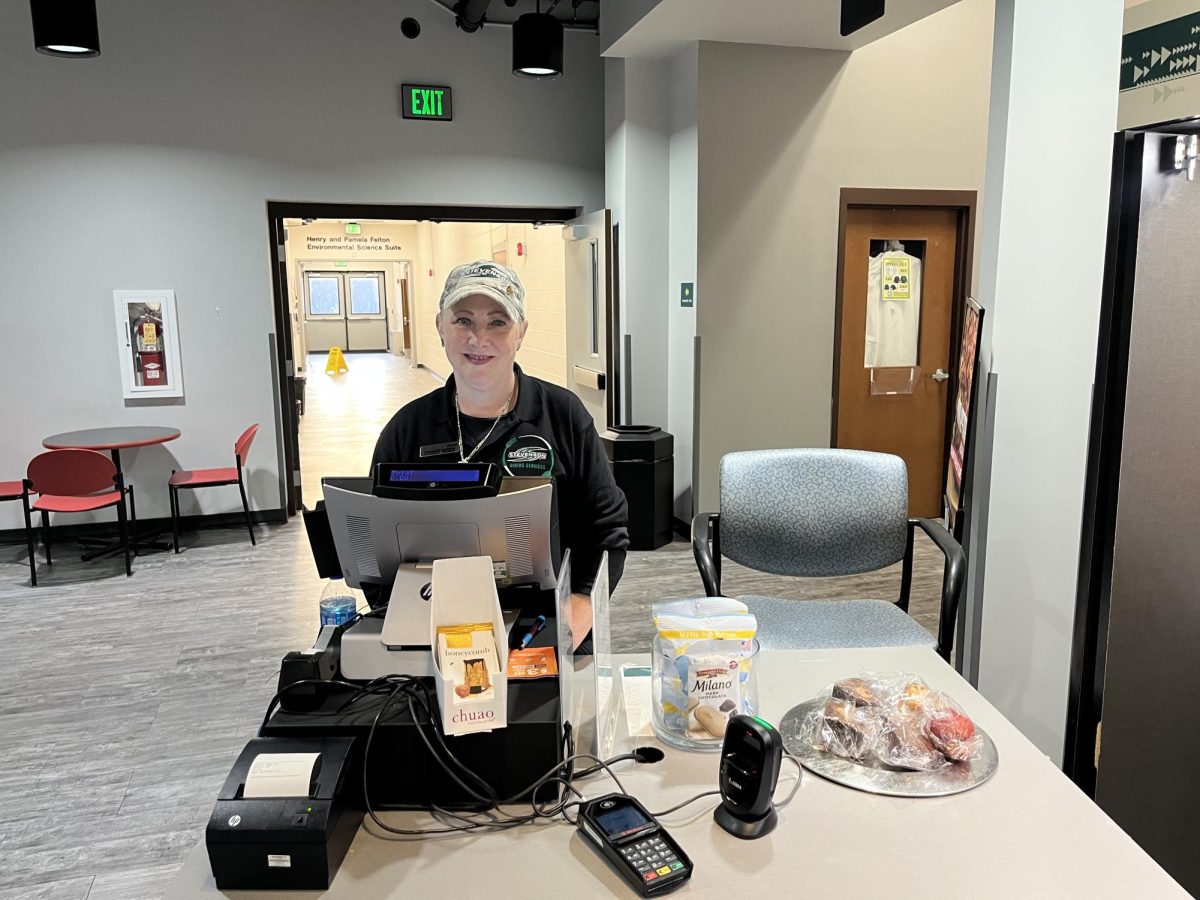By Tuesday, Feb. 4 , Jay Josephs, a third-year theatre arts major, never expected a sore throat to derail her entire week.
What started as mild discomfort quickly escalated into something far worse. By that night, she was running a fever of 101 degrees, her body aching, exhaustion setting in. When she woke up Wednesday morning covered in sweat, she knew it was more than just a cold.
“I went to urgent care up the street, and they did three tests—strep, COVID and flu,” Josephs recalled. “I never had the flu before, so when they told me, I was like, ‘Oh, great.’”
With four demanding courses this semester—including a strenuous photography class—being sick couldn’t have come at a worse time. Feverish and weak, she struggled to keep up.
“I was on a roll, doing all my classes, and then when you have the flu, you’re really weak. You can’t really do anything,” Josephs said.
By Wednesday afternoon, she made the difficult decision to leave campus and recover at home under the care of her mother, a nurse. Though missing classes mid-week threw her off track, her priority became getting better.
“There was really nothing you could do for real,” Josephs admitted.
As Josephs slowly regains her strength, she reflects on her first encounter with the flu as an unexpected but unforgettable challenge in the midst of a busy semester.
The spread of the flu on Stevenson University campus is impacting students, faculty, and staff. As cases continue to rise, health officials emphasize the importance of prevention and early treatment.
“Flu cases are up this year. We encourage students to get their flu vaccine every year. We offer vaccine clinics every August and Fall to students and staff/faculty,” Maria P. Hoffman, Stevenson Wellness Center Assistant Director and Nurse Practitioner said.
Even beyond campus, the flu has been spreading at an alarming rate nationwide, surpassing previous seasons and continuing to rise. According to the CDC’s Weekly US Influenza Surveilliance Report of Feb. 15 , this flu season alone has resulted in at least 33 million illnesses, 430,000 hospitalizations, and 19,000 deaths.

Maryland and other surrounding states along the East Coast are seeing the highest levels of Influenza-like Illnesses (ILI) activity, with numbers ranging from high to very high on the ILI scale.
The Maryland Department of Health’s updated Maryland Influenza Surveillance report for the 2024-2025 season, as of Feb.21, revealed that respiratory illness activity in the state remains very high, with 33.28% of clinical tests returning positive.
As the ripple effect of the flu continues to spread, its widespread impact is evident not only across the nation but also further within the Stevenson community, with mirrored experiences of students like Gordy Hoover, a senior Business Communication major, who faced similar symptoms to those of Josephs.
“The first day I got it I thought I could just sleep it away because I was at a fever of about 100,” Hoover said. “Then I woke up the next day and I was at 102.5 which was pretty bad, then that Saturday it got worse and hit 103. I literally just slept, did nothing, and I couldn’t even watch TV because it hurt my head.”
Hoover’s experience underscores the severity of the flu cases affecting both students and faculty on Stevenson’s campus, highlighting the critical need for everyone to take precautionary measures in order to protect the health of the entire community.
“Wellness Center always makes sure to follow CDC guidelines and continuously monitors updates on flu cases and guidance offered by the Maryland Department of Health,” Hoffman said. “If a student feels they might have the flu or other type of illness that they can’t manage at home we encourage students to call the wellness center to schedule an appointment for testing and further guidance from one of our nurse practitioners.
In addition to staying informed on health protocols and monitoring/testing for the flu, Hoffman offered advice on how students and faculty can best maintain their health throughout the season without causing further spread.
“Hand hygiene and cleaning off surfaces is important in preventing the spread of illness,” Hoffman said. “Always cover your mouth with coughing or sneezing, wash your hands with soap and water and students are asked to stay home until they are fever free for 24 hours without the use of analgesics (ibuprofen, Tylenol) until they are having improvement in their symptoms.”
As safety actions remain essential, students and faculty across the Stevenson campus show commitment to taking proactive steps, with final advice how the experiences of fellow Stevenson students enables them to stay healthy this season and protect those around them from falling ill.
“Well, this was the first year I didn’t get the flu shot so I will be getting that again. But overall, just being more cleanly,” Hoover said. “ I got Tamiflu and it got rid of my flu within a day.”
Joseph’s final thoughts echo Hoover’s, emphasizing the importance of staying hydrated, disinfecting, maintaining distance in large crowds, and following other health precautions to stay safe.
“The most important thing is to hydrate, drinking Emergen-C and tea, and taking your vitamins,” Josephs said. “In big crowds wearing masks, if you hear coughing exclude yourself from that and clean up after yourself.”
As Josephs and Hoover return to their daily routines, they carry with them the lasting impact of their flu experiences, now more mindful than ever of the importance of prevention.
For more information on available resources, the Stevenson Wellness Center is open from 9 a.m. to 5 p.m., Monday through Friday, quick to accommodate students for appointments as needed. For any health concerns, students can call 443-352-4200. After hours, the FONEMED nurse line is available at 800-245-4691 for advice and assistance.


























































